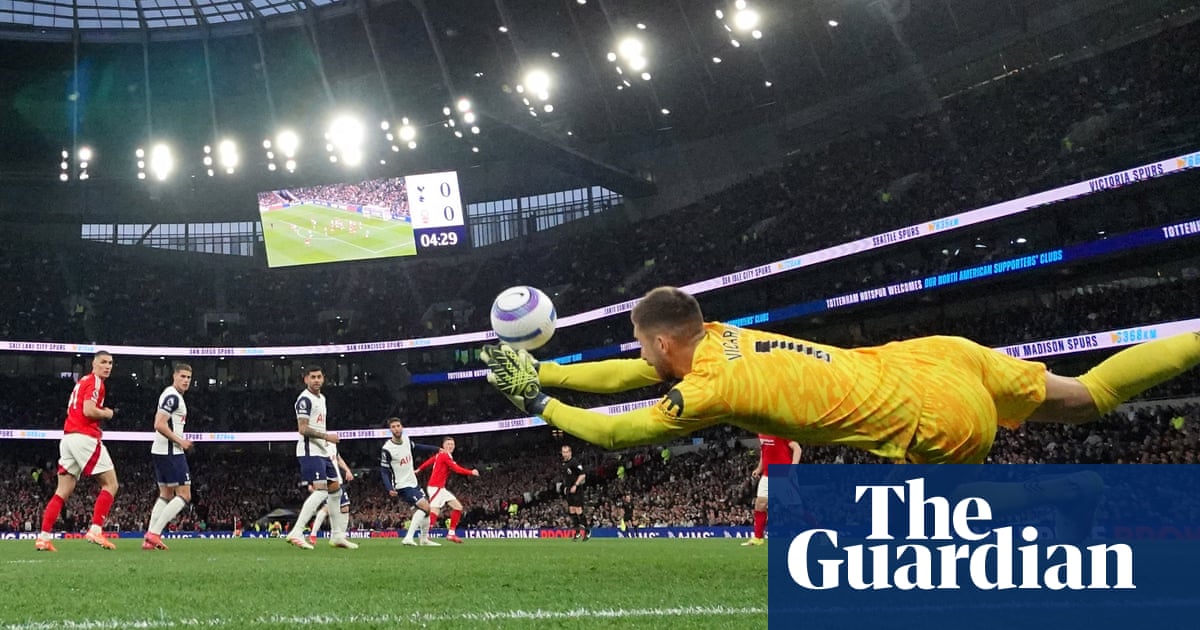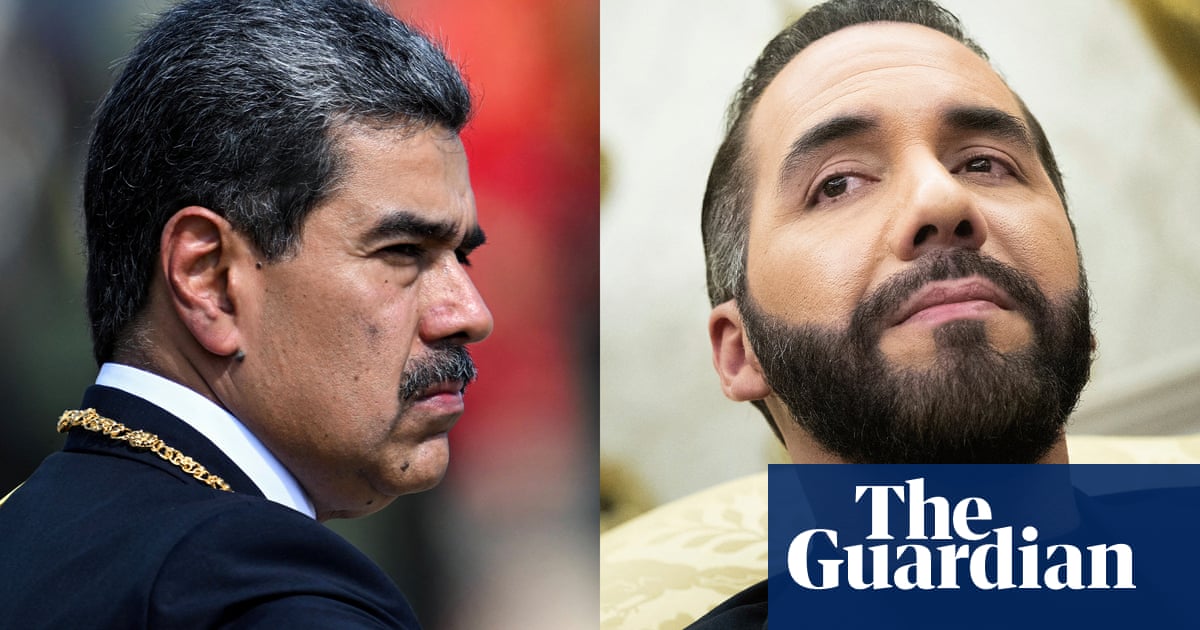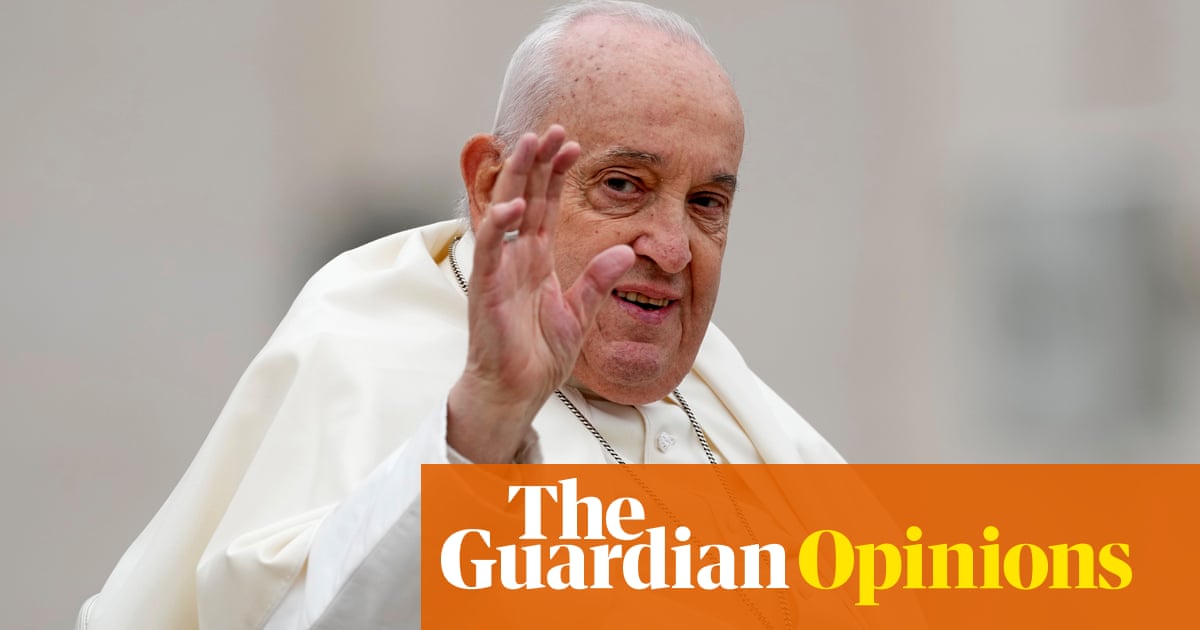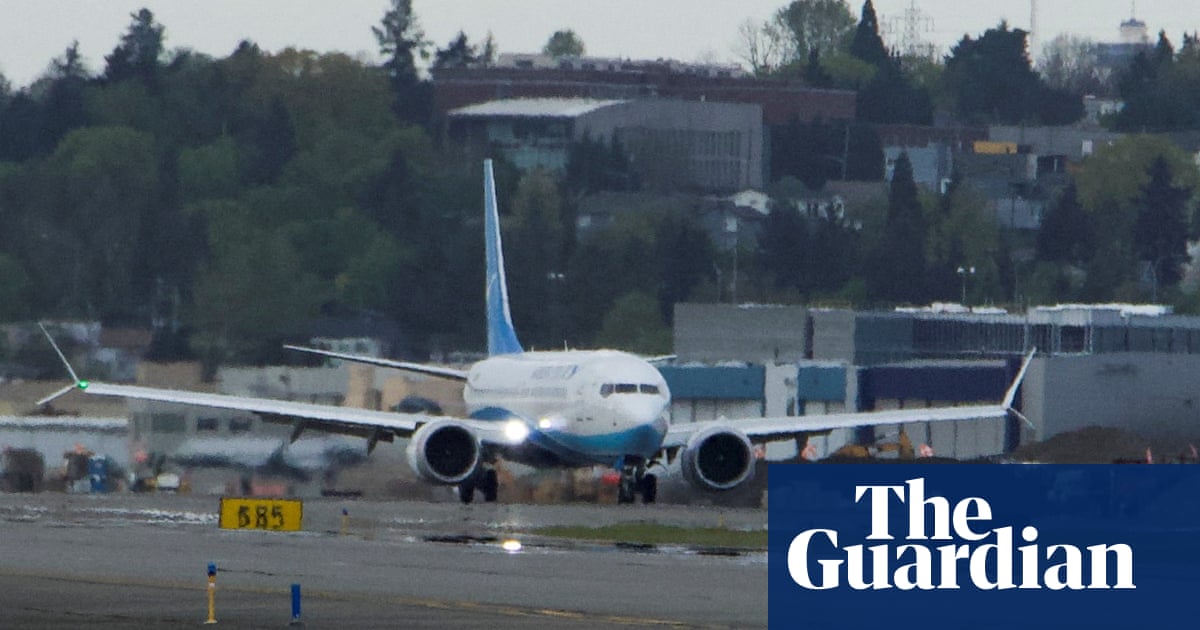Russia and Ukraine have agreed to “eliminate the use of force” in the Black Sea after parallel talks with US negotiators in Saudi Arabia, though the Kremlin said a maritime ceasefire would start only if it received sanctions relief on agricultural exports.
The two sides also agreed to implement a previously announced 30-day halt on attacks against energy networks and expand its scope to more locations, but resolving fundamental issues, including any division of territory, remains far off.
Ukraine’s president, Volodymyr Zelenskyy, welcomed the developments but said Kyiv did not support weakening sanctions on Russia and voiced concern over talks the US appeared to be having with the Kremlin about territory.
“We are worried when they talk about us without us,” Zelenskyy said in a media briefing, responding to comments by Donald Trump on Monday, when the US president said: “We’re talking about territory right now.”
Ukrainian negotiators in the Saudi capital, Riyadh, had had no discussions about the future division of territory, Zelenskyy added, saying it appeared that the US had talked to the Kremlin team about dividing Ukraine.
The White House published two statements, each containing five main points, four of which were identical. Both “agreed to ensure safe navigation, eliminate the use of force” in the Black Sea.
The key difference was that the Russian statement said the US would “help restore Russia’s access to the world market for agricultural and fertiliser exports” by lowering insurance costs and improving access to payment systems and ports.
Zelensky was unhappy with this, saying it was “a weakening of our position on sanctions” because it appeared to suggest the US would help Russia improve its economic position while a land and air war continued.
Russia said the maritime ceasefire would come into force only after the “lifting of sanctions restrictions” on the Russian Agricultural Bank and other “financial institutions involved in international trade of food”, and only after they were reconnected to the Swift international payment system.
“The United States will assist in restoring Russian agricultural and fertiliser exports to the global market, reducing the cost of maritime insurance, and expanding access to ports and payment systems to conduct such transaction,” the Kremlin said.
Russia also said it wanted port service restrictions and sanctions on Russian-flagged vessels involved in the trade of food products, including seafood, and fertilisers to be lifted.
A further round of negotiations to extend the ceasefire would “take place soon,” Zelenskyy said, although he was not any more specific on timing. Russia and Ukraine agreed to continue working “toward achieving a durable and lasting peace”, the White House statements said.
Ukraine said it expected Russia to stop bombing port facilities in Odesa and elsewhere. A separate statement, released by its defence ministry, said Ukraine would consider “the movement of Russian military vessels beyond the eastern Black Sea” to be a violation of the deal.
The ceasefire could begin immediately after the White House released the statements, Zelenskyy said, although the Black Sea situation remains ambiguous. It would initially be self-policed, although both sides agreed other countries could become involved in safeguarding it.
Ukraine believes Turkey or a Middle Eastern country such as Saudi Arabia could become involved in protecting security in the Black Sea, while European countries could help with energy and maritime monitoring, Zelenskyy added.
Trump had also said the US had been talking to Russia about “power plant ownership” – a reference to the nuclear power plant. Again, Zelenskyy said this had not been a part of negotiations with Ukraine.

 3 weeks ago
20
3 weeks ago
20













































